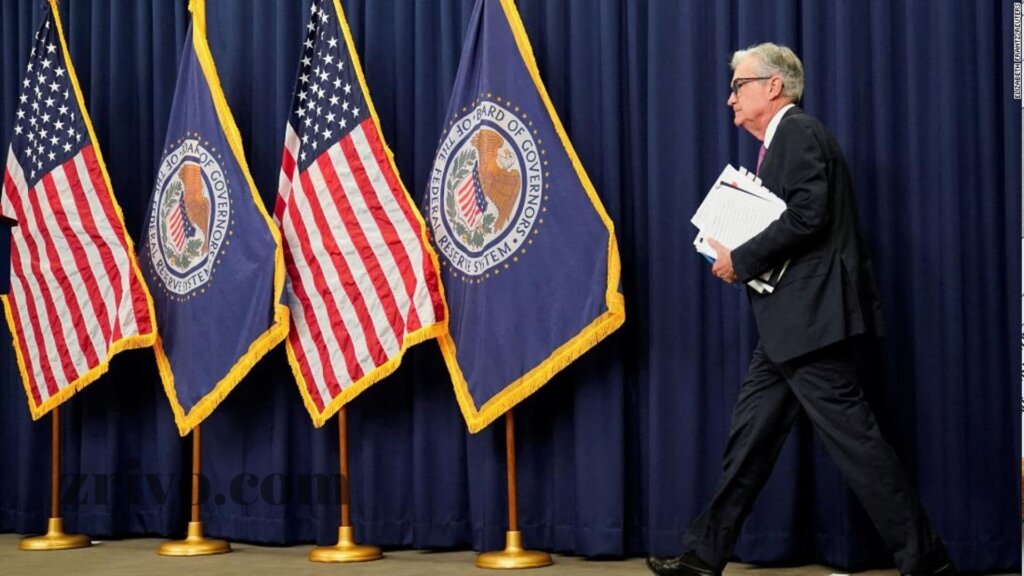
The Federal Reserve raises or lowers interest rates to try to stimulate the economy or control inflation. While the Fed only directly affects one rate, the federal funds rate — which determines the amount of money banks charge each other to borrow overnight — many other rates are tied to it and can change as a result of the Fed’s decisions. This includes the rates banks charge consumers for credit cards and mortgages, as well as yields on savings and certificate of deposit accounts.
The last Fed rate hike was in July and took the central bank’s benchmark borrowing cost to its highest level since 2001. The move was widely expected, and it reflects the Fed’s continued effort to curb inflation after years of falling prices. Consumer prices are still above the Fed’s 2% target, and even though year-over-year inflation is down from its peak of 9.1% in June 2022, officials are concerned it could rise further.
But while officials are wary of rekindling inflation, they also don’t want to slam the brakes on the economy, causing it to slow down. That makes it a tough call. That’s why Powell said this month that officials would take a “data-dependent approach” to future decisions and didn’t commit to raising rates at every meeting in a year, as some analysts have suggested.

Will Fed Raise Rates in September?
The Federal Reserve is trying to balance two goals: achieving full employment while keeping inflation stable. Unemployment is low, and wages are rising, so officials think they have succeeded in the first part of their mission. But inflation is still running well above the Fed’s target. If it continues to accelerate, the central bank may decide that it needs to take action again.
A hike in the Fed’s key rate immediately fuels a jump in the prime bank loan rate, which in turn raises mortgage, auto, and credit card rates for consumers and businesses. It also pushes money market and certificate of deposit rates higher, reducing returns on savings. A big increase in rates is not good for banks, which rely on profits from lending to keep their profit margins high.
But markets have been hoping that the Fed will step off the gas a bit because of concerns about how much more economic damage another big increase would cause. And the upcoming consumer price index data, due on August 10 and September 13, could significantly inform the Fed’s thinking. For now, though, officials seem to be determined to stay on their hawkish course. If the economy is robust enough, officials will likely keep raising rates until they feel confident that inflation is under control and won’t overshoot their 2% target.